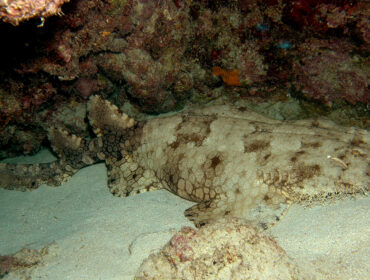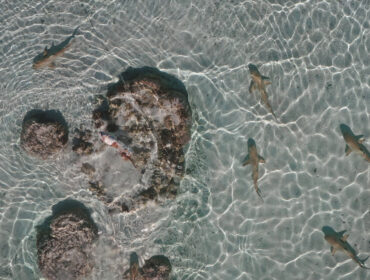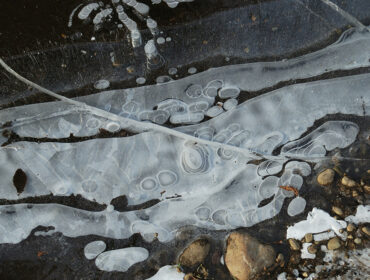Can you picture a shark that is actually smaller than a squirrel? It might sound strange, but sharks like that really do exist. Today, we are not talking about giant tiger sharks, hammerheads, or famous great whites. Instead, we are diving into the world of the ocean’s tiniest, most secretive hunters.
These little sharks live way, way below the surface, in places where sunlight never reaches. Some are so mysterious that they even glow in the dark, while others are as white as a ghost. Turns out, all that weirdness is just what you need when you’re a tiny hunter trying to survive.
In this article, you will get to know the five smallest sharks in the world. We will explore where they live, just how tiny they are, and discover their habits.
1. The Dwarf Lanternshark
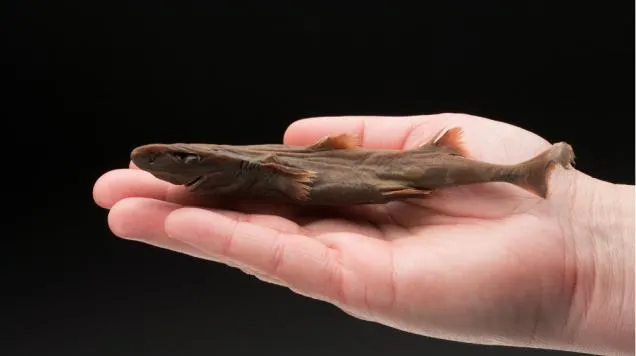
Meet the dwarf lanternshark, the world’s smallest shark! These sharks mature at just 6.3 inches for males and 7.4 inches for females, which makes them small enough to fit in your hand. You will not spot it near the shore, though. The dwarf lanternshark lives deep in the ocean near South America, mostly off the coasts of Colombia and Venezuela. It prefers to stay in the deep, often between 900 and 1,500 feet underwater, where it is always dark and cold.
What really makes this tiny shark stand out is its natural glow. The dwarf lanternshark has special spots on its body called photophores, which give off light. These glowing dots are not just for show; they help the shark hide from hungry predators by blending in with the faint light from above. The glow also helps the dwarf lanternshark find its friends in the dark.
Food-wise, it is not picky. The dwarf lanternshark enjoys snacking on shrimp and other tiny sea creatures it finds. There are still many mysteries about how it lives and moves, since spotting one in the wild is rare for even the luckiest scientist.
https://en.wikipedia.org/wiki/Dwarf_lanternshark
2. The Spined Pygmy Shark
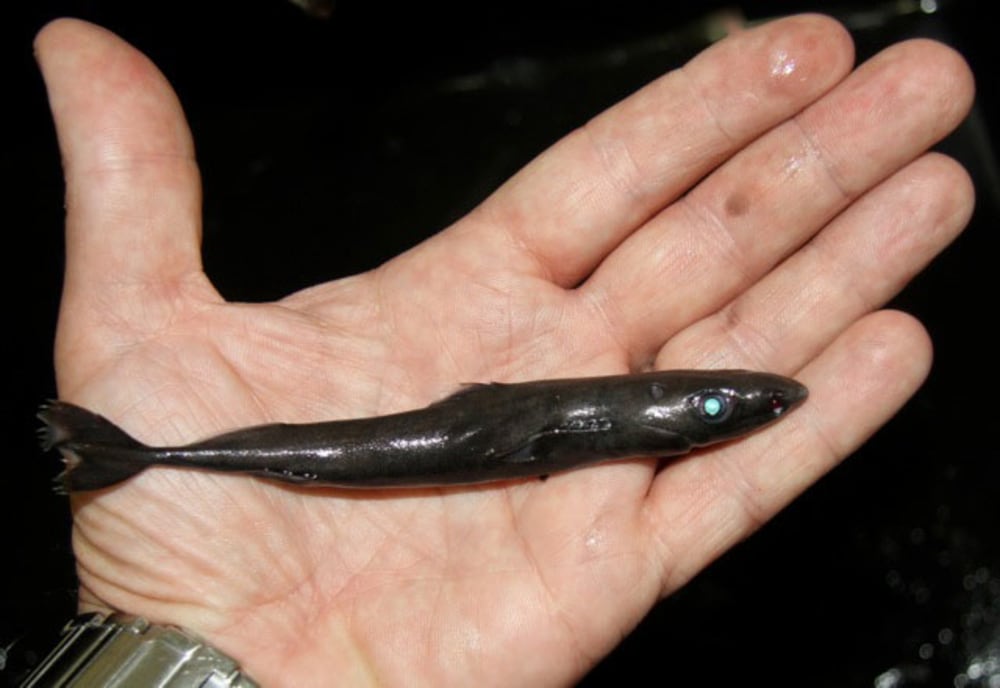
Meet the spined pygmy shark, a tiny hunter that averages about 10 inches long. That’s roughly the size of a standard tablet. You can find these sharks swimming deep in both the Atlantic and Indian Oceans, sometimes as far down as 7,000 feet, where it feels more like outer space than the ocean.
The spined pygmy shark also glows in the dark. Look closely and you will see a row of little spines just before its dorsal fin. That is where this shark gets its spiky name.
Spined pygmy sharks hunt small fish and squid, moving up toward warmer waters at night for a snack, then heading back down to the chilly depths. Some of the water they swim in can be colder than 41 degrees Fahrenheit.
https://en.wikipedia.org/wiki/Spined_pygmy_shark
3. The Pygmy Ribbontail Catshark

Next on our list is the pygmy ribbontail catshark, a creature that is every bit as sleek and elegant as its name suggests. This little shark lives in the Indian Ocean, especially around places like Sri Lanka and India. Growing up to just about 9 inches long, it is about the same size as a regular rabbit!
You can spot a pygmy ribbontail catshark by its long, skinny tail that looks just like a ribbon, along with its smooth brown skin covered in white spots. This shark sticks close to the bottom of the sea, sometimes as deep as 2,700 feet, where daylight is only a distant memory. Its favorite snacks are small fish, shrimp, and other little creatures hiding in the sand.
So, what are your chances of ever seeing one? Almost zero. Because it’s so small and loves to keep to itself, the pygmy ribbontail catshark has managed to avoid the spotlight entirely, remaining one of the most mysterious and rarely seen treasures of the sea.
https://en.wikipedia.org/wiki/Pygmy_ribbontail_catshark
4. The Smalleye Pygmy Shark
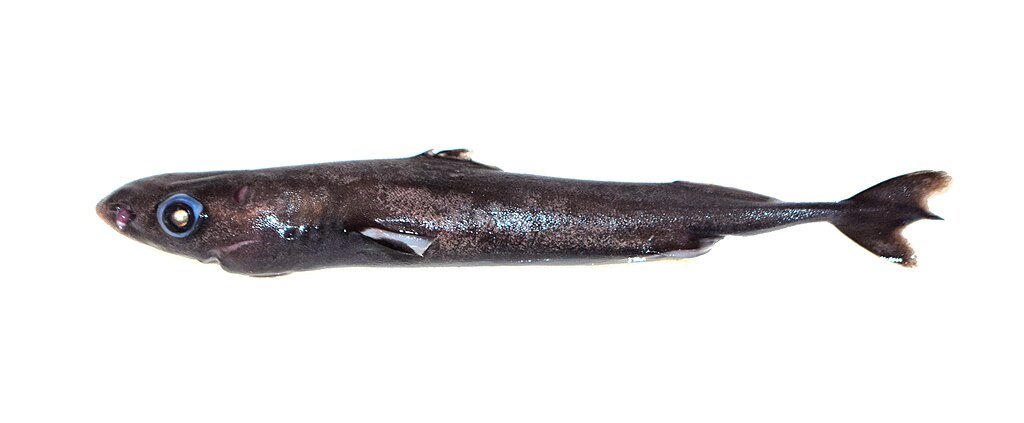
Let’s meet the Smalleye Pygmy Shark, which sounds a bit strange. It can get up to 8.7 inches long. The western Pacific is home to this tiny hunter. It lives in the deep, dark water near Japan, Taiwan, and the Philippines.
This small shark glows in the dark, just like its other cousins. This helps it find its way through the very dark depths. What about its name? If you think that having small eyes would be a problem deep in the ocean, think again. This shark’s eyes are perfectly shaped to see in almost complete darkness.
This little thing is also very picky about its habits. To stay safe from animals that could hurt it, it hides in the deep water all day. At night, it starts the long swim to the top to find its favorite foods, like small fish, squid, and shrimp. Before dawn, it goes back down to the depths.
https://en.wikipedia.org/wiki/Smalleye_pygmy_shark
5. The Panama Ghost Catshark
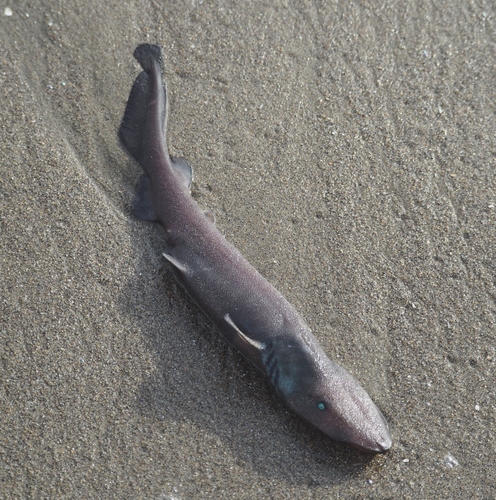
Last but not least, meet a shark whose name comes from a ghost. One of the newest tiny sharks to be found is the Panama ghost catshark, which was only officially found in 2012. The longest it gets is about 8 inches, which is very short for a shark. Its name tells you that it lives in the deep water near Panama in Central America.
More than 3,000 feet below the surface, where it is always dark and cold, this shark lives only in the deep sea. Its skin is very light, almost white, so it can live in this environment. This helps it blend in with the sand and mud on the ocean floor, making it look like a ghostly figure moving through the water.
It has a long, thin body and beautiful fins, like other catsharks. We still don’t know a lot about it, though, because it is so new to science and lives in a place that is very hard for us to get to. The Panama ghost catshark is one of the strangest and most exciting new fish in the ocean.



